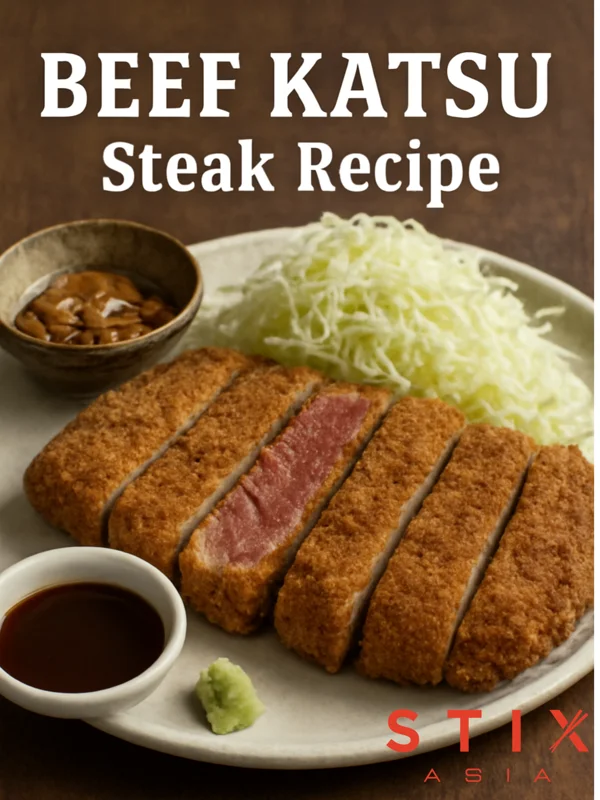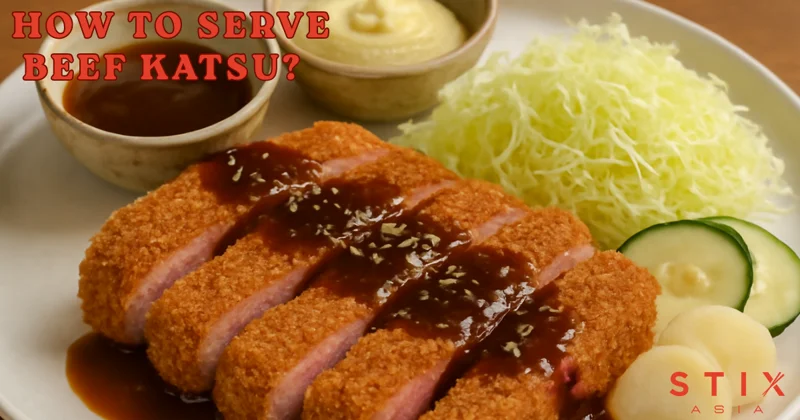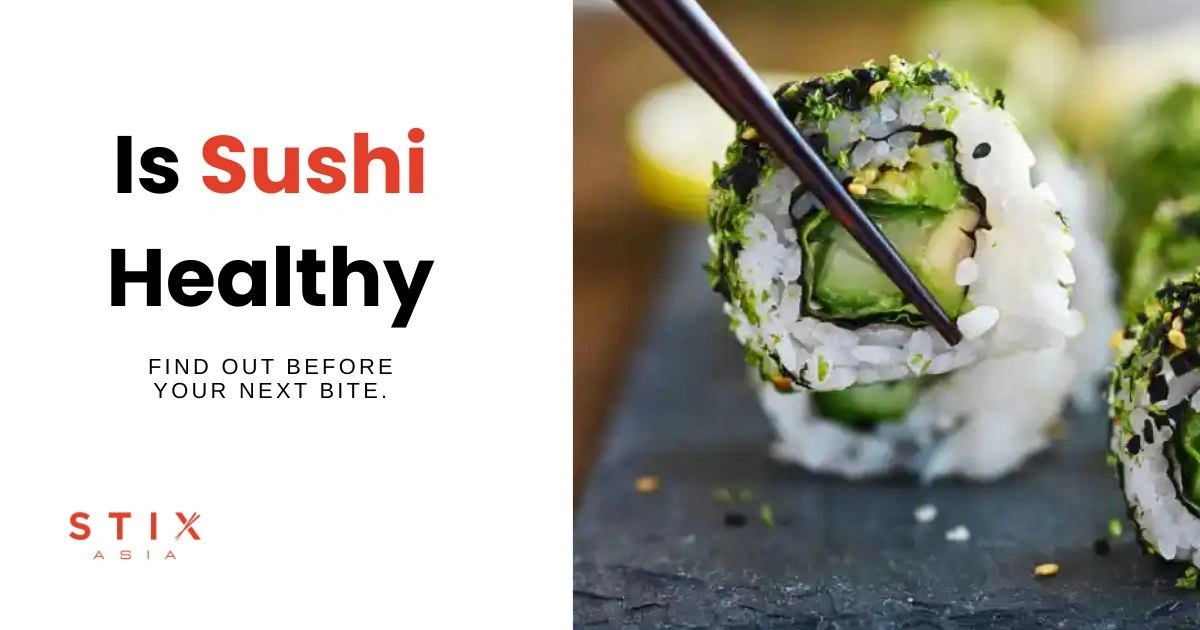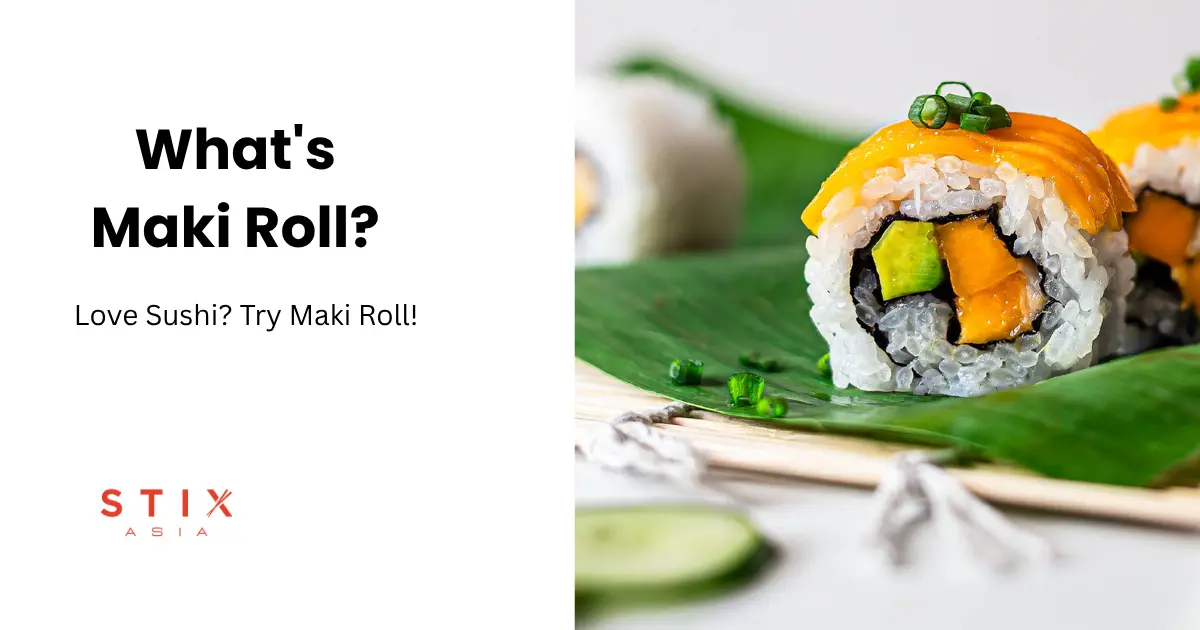
In today’s blog, I’m going to walk you through:
- What is Beef Katsu?
- Where did it originally come from?
- How is it different from Pork Katsu?
- An in-depth look at the nutritional content of Beef Katsu.
- Lastly, I’ll recommend one of the best restaurants in Waikiki and Las Vegas to try this Japanese cuisine.
What’s Beef Katsu?
You may have heard of Bifu Katsu or Gyukatsu. These are actually different names for Beef Katsu. It’s a steak made from sliced beef, coated with panko breadcrumbs, and then deep-fried!
Next comes the main point: What does Beef Katsu taste like? It’s rich, savory, juicy, and delicious. Because it’s coated with breadcrumbs and deep-fried, it gives a crispy, crunchy texture.
Origin of Beef Katsu:
Here’s where things get interesting. You might be surprised to learn that Beef Katsu’s origins have been somewhat overshadowed. Let me explain how.
The story is that Beef Katsu originated in the 19th century from a French veal cutlet dish in Japan. People in Eastern Japan, including Tokyo, were inclined to use pork because it costs less. So, they created Pork Katsu as a substitute for Beef Katsu. As a result, Pork Katsu gained more popularity and spread across the nation.
However, some in Western Japan continued to stick with Beef Katsu! Even some in Kansai clearly stated that “meat” in Katsu specifically means beef only, not pork or chicken. So, Beef Katsu was more common and beloved in Western Japan.
But here’s what happened next. Beef Katsu recently made a comeback in Tokyo and regained its popularity! Today, you can find many restaurants serving Beef Katsu not only in Japan but around the world. However, it’s still a rare dish and definitely one worth trying!
Beef Katsu Nutritional Value:
| Nutrient | Amount |
| Calories | 320-350 kcal |
| Protein | 25-28 grams |
| Fat | 17-20 grams |
| Carbs | 13-15 grams |
| Sodium | 450-500 mg |
| Potassium | 350 mg |
| Vitamin A | 800-900 IU |
| Iron | 2-3 mg |
| Calcium | 40 mg |
The calorie and nutritional content can vary depending on the cut of beef and the amount of oil absorbed during frying. To sum it up, it’s a high-protein dish, but as you know, it’s a deep-fried food with high fat and sodium content. Excess of both can impact the body negatively. As the saying goes, moderation is key. You can enjoy it in moderation, sometimes with veggies on the side for balance!

Beef Katsu Steak Recipe:
Beef Katsu Ingredients:
- Thick beef steak
- Herbs: rosemary and dill
- Batter ingredients: egg, flour, and panko breadcrumbs
- Cooking oil
- Salt and wasabi (Optional)
- Sauce ingredients (optional)
- Yellow onions (optional)
Curious about the difference between Wagyu and Kobe beef? Check out our detailed guide here, Wagyu vs Kobe Beef, to make the most informed choice for your Beef Katsu
1. Pierce the Beef Properly:
If you want to make your meat more tender, juicy, and want it to absorb the herbs and marinades properly, pierce it from both sides multiple times.
2. Top with Fresh Herbs:
Once you’re done piercing, add seasoning and herbs. Sprinkle both sides with salt and pepper, then add rosemary, dill, and bay leaves. If you like any other herbs, you can certainly use them.
3. Coat with Grated Onion:
If you want to give your steak that “melt-in-the-mouth experience,” here is the secret: use “enzymatic tenderization.” This process, where the juice of certain fruits or vegetables breaks down connective tissues in meat, results in that melt-in-your-mouth, juicy, buttery sensation. One such ingredient is onion, which works best for Beef Katsu. Alternatively, pineapple, papaya, and figs can also be used.
You can grate the onions or finely dice them, whichever you prefer. Coat the steak, cover it, and keep it in a cool place for 30 minutes. Some people refrigerate the steak at this time, but we believe it slows down the enzymatic tenderization. Additionally, if you want to eat immediately, you need the steak to be at room temperature when frying.
4. Make the Sauce or Prepare the Sides:
While the steak rests, you have 30 minutes to prepare sides or sauces. Personally, we enjoy serving Beef Katsu with sliced cabbage or veggies to balance the fat and calorie count. You can also serve it with potato salad or sauces of your preference, such as wasabi, demi-glace sauce, or tonkatsu sauce.
5. Wash the Beef:
After 30 minutes, scrape off the onion and herbs from the steak and dispose of them. Rinse the steak with cold running water and pat it dry with a paper towel. Make sure to dry the steak properly so the panko breadcrumbs will stick firmly.
After washing the beef, you might notice it’s discolored. Don’t worry, this is just a reaction from the enzymes in the onion.
6. Cover with Flour, Egg, and Panko:
Now coat your steak with a thin layer of flour, whisked egg, and finally, a thick layer of panko breadcrumbs. It’s important to coat it with a thin, even layer of flour, and a thick layer of breadcrumbs.
Flouring the meat helps retain its juicy texture and ensures the egg sticks better. It also helps create a smooth egg layer that better adheres to the panko breadcrumbs. A secret: add a little oil and milk to the eggs. Milk softens the meat, making it juicier, while the oil makes the texture smoother.
The general rule of thumb is:
“For 1 medium-sized egg, you can add 1 tablespoon of milk and oil.”
7. Deep Fry:
Preheat the oil to 180°C (356°F). Deep fry the steak in vegetable or canola oil, making sure there’s enough oil so the Katsu isn’t touching the bottom of the pot. Otherwise, the panko could burn. Fry both sides of the Beef Katsu for 45 seconds for a “rare” steak, or cook for 1 minute per side for a medium-rare steak.
Once cooked, place it on a wire rack to drain off excess oil.
8. Slice And Enjoy:
To enjoy that pink hue of rare steak in every slice, cut it into strips. You can also pick it up with chopsticks and eat.
It’s fully prepared now. Serve the perfectly cooked Beef Katsu steak with your sauce and enjoy!
How is Beef Katsu Served?

How you serve Beef Katsu is personal and can vary. But generally, you can serve it with demi-glace sauce, tonkatsu sauce, or wasabi sauce.
If you want to make it more hearty and fulfilling, serve it with chicken tempura, sushi rice, Japanese potato salad, shredded cabbage, miso soup, or Kani salad.
Storage Instructions for Beef Katsu:
If you’ve prepared it at home, allow the leftovers to cool completely. Then store them in an airtight container in the refrigerator for up to 3 days.
If you want to freeze the cooled leftovers, place them in a freezer-safe container and freeze for up to three months.
To reheat, use an oven or a non-stick skillet.
Best Beef Katsu Restaurant in Waikiki and Las Vegas:
Enough talking! If you truly want to experience the richness of Beef Katsu, Stix Asia is your go-to place! We warmly welcome you to enjoy authentic Asian cuisines, including Wagyu, Kobe, and Katsu beef, in a premier food hall. Explore our menu!
FAQs:
Is Beef Katsu Steak Expensive?
No, it’s generally not expensive, but it depends on the cut of meat. If it’s made with Wagyu, then yes, it can be costly. But generally, its price ranges from $18-$40 in Waikiki.
How is Beef Katsu different from Tonkatsu?
Beef Katsu is made from beef, and Tonkatsu is fried pork. Also, Beef Katsu is cooked from rare to medium, whereas pork (Tonkatsu) needs to be cooked thoroughly. The most important thing is that Beef Katsu is tender and juicy in texture, while Tonkatsu is firmer.
What Type of Beef Should I Use for Making Beef Katsu Steak?
You don’t have to use costly meat to prepare it. Just purchase any steak meat available at your local market. Follow our recipe, and your steak will be ready to eat!




